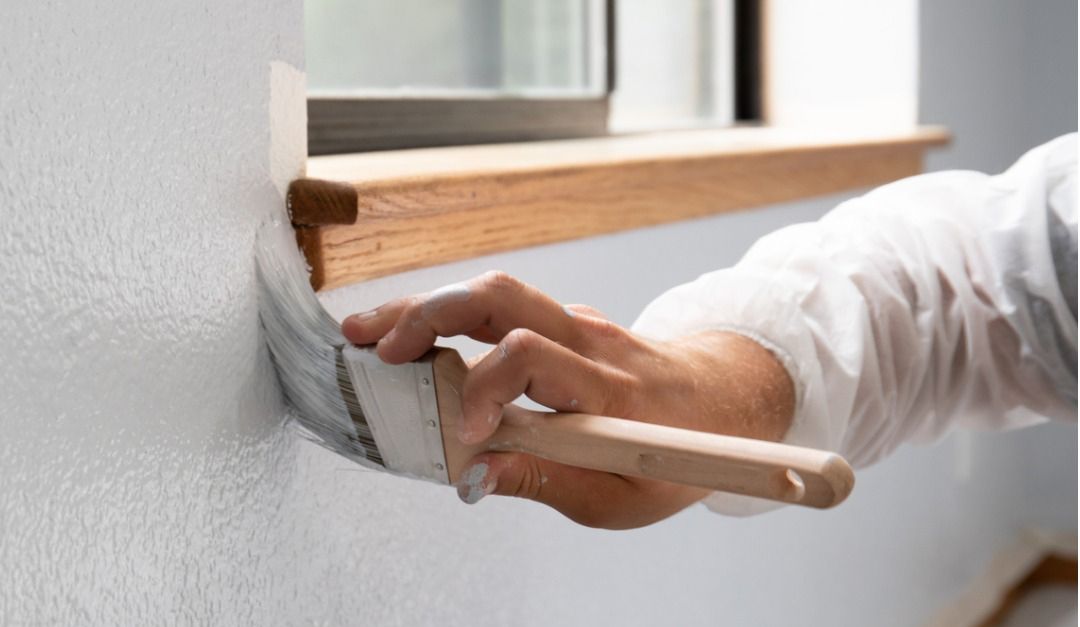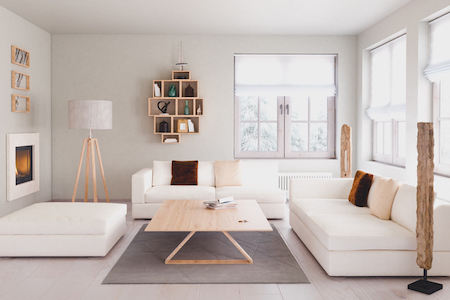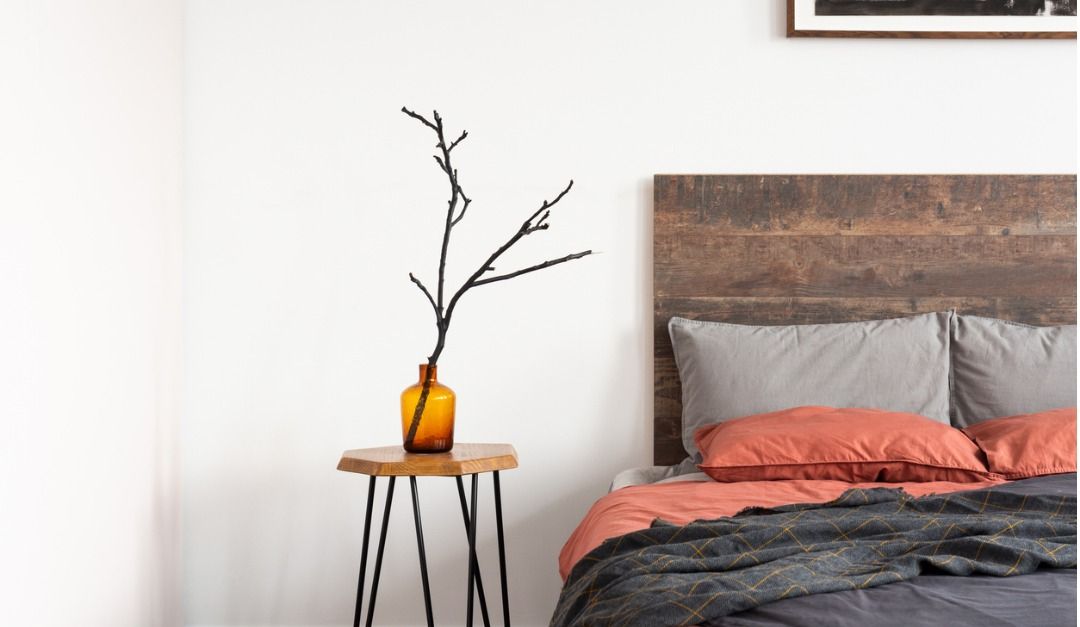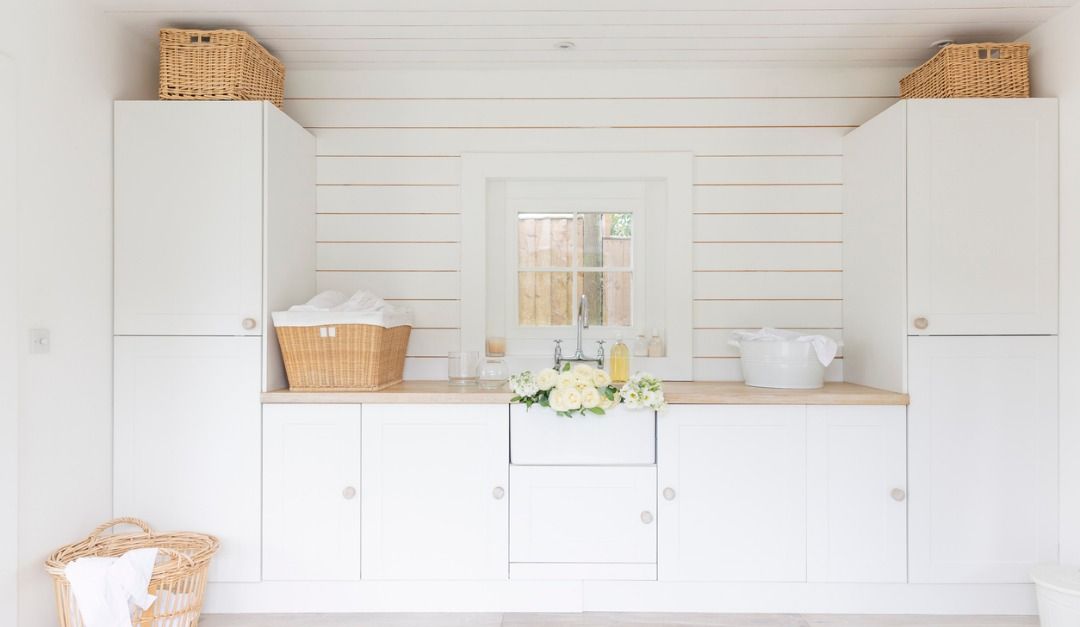
Tips for Choosing the Perfect Shade of White Paint
White. The colour of freshness. The colour of starkness. But, apparently, not all white colours are the same. There are different shades and nuances, and when choosing the right tone for interiors, you might find it helpful to know what to look for. Get a picture. Before you decide on the exact

5 Ways to Embrace Minimalism Today
While some might think of minimalism as a trend, it’s likely one that’s not going away anytime soon. Living with less is not only better on your pocketbook, it’s better for your mental clarity and overall happiness. Here’s how to get started: Start today. Sometimes we hear of an idea that sounds gr

Designing a Passive House
While a passive house might sound odd, it’s actually a term used to describe the most energy-efficient kind of home. It attains this status by meeting a strict set of building standards that save energy, reduce noise pollution and improve air quality—providing the highest level of indoor comfort
Categories
Recent Posts










